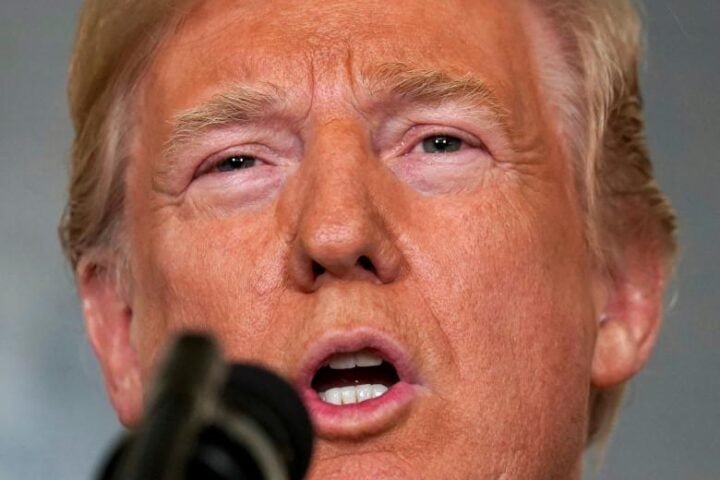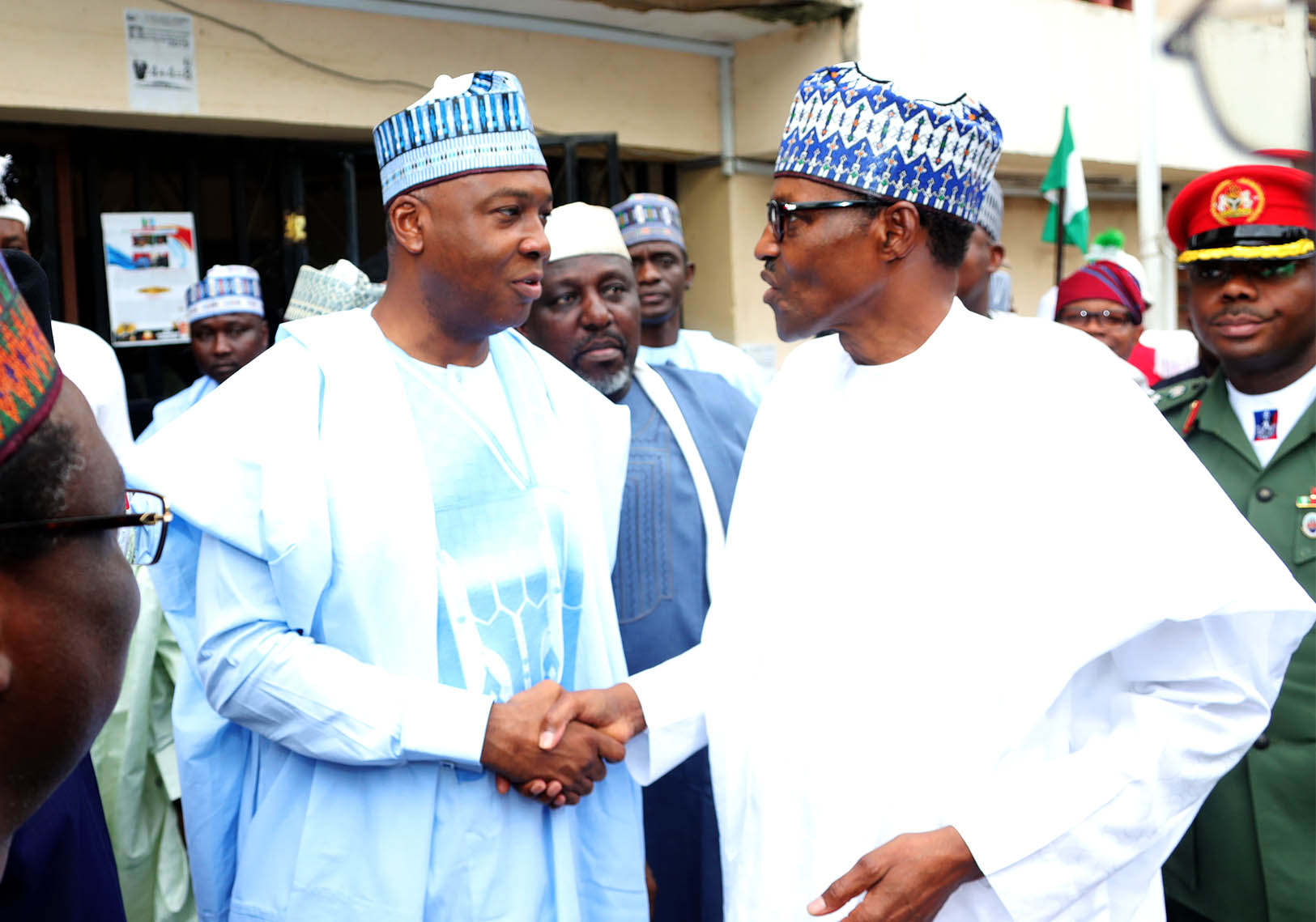A file picture of former US President Donald Trump.
US president, Donald Trump’s description of crude oil prices as artificially high, is indicating that the market isn’t yet taking a strong downside risk factor into consideration. That is the prospects that US’ aggressive trade policy could hurt global economic growth and reintroduce a demand side problem to the global glut challenges the oil market has faced since the beginning of the decade.
Trump is determined to reassert America’s power in global trade and has continued to sound loud and clear that he is set to do so at the expense of everyone else, oil producers being a key target for attack. His declaration that high oil prices “would not be accepted” implies he has options to undermine the supply curbs of oil producers that have pushed up prices so far.
US has influenced crude oil price in recent years largely from the supply side of the market with a boom in the production of its shale fields that crashed prices to as low as $26 per barrel in January 2016. Oil producers responded at the end of 2016 by curbing oil production and the controls have worked so far to spur oil price recovery – surging over $74 per barrel on 19th April – the highest records in more than three years.
This has raised price of gasoline in the U.S. to 5-year highs just as the summer driving season is approaching. Oil-induced inflation stands to puncture Trump’s self-propelled economic growth strategy and he is bent to drive economic growth on a new pedestal – without dependence on OPEC’s oil.
Advertisement
Trump is apparently blaming the oil market for not yet reckoning with the potential impacts of US trade policy on global economic growth and therefore crude oil demand. So far oil market analysts and traders have based their calculations on the supply side of the market, which is why Trump is yelling at OPEC for creating unmerited oil prices.
IMF’s managing director, Christine Lagarde, has just drawn attention to the danger of hurting global economic growth by hurting trade. Tariff war can be expected to limit production and consumption in both exporting and importing countries, which will introduce oil demand weakness as a new factor to the oil market conditions.
Driving growth is central on the agenda of every economy this year and strong economic growth globally is the key factor in the expectations that oil production curbs by a combined forces of 14-member OPEC and 10 non-OPEC producers though the year would keep prices on the uptrend. Oil price recovery is equally feeding on the good prospects that alliance of producers could extend oil production cuts beyond 2018 at their next meeting in June.
Advertisement
Trump however looks capable of putting spanners in the works. His remarks rattled the oil market the following day before regaining ground. Apart from imposing tariffs on steel and aluminium imports, US has kicked against trade promoting agreements such as Trans-Pacific Partnership Agreement and the North American Free Trade Agreement. Rising tariffs are certain to frustrate the plans of European countries to step up growth and deliver new jobs this year.
Oil production cuts have so far succeeded in pushing up prices because it has been backed by strengthening global demand. Growth in global crude oil demand has consistently exceeded projections, drying up much of the global oversupply.
There has been a steady recovery from the 2008 global financial crisis in Europe, China and Japan and developing countries have picked up from commodities prices slump in 2014. The global economy is expected to grow by 3.9% this year, sustaining renewed performance last year and most countries are expected to share in the prosperity that hasn’t happened since the beginning of the decade.
Having successfully pushed tax reforms through at Congress, Trump is quite hopeful of capitalising on America’s large internal market to attain the strong economic growth forecast for America this year. The tax cuts have boosted company profits, raised business confidence and are already delivering a job market boom in the country. By raising tariff walls, the wise man in the white house is deliberately trying to exclude the rest of the world from experiencing that growth.
Advertisement
By injecting growth constraining trade barriers to the global economy, US could exert the biggest influences on both the demand and supply sides of the crude oil market. It has launched itself into a major force able to flood the global market with crude oil with its shale oil production. This means it has the ability to counter oil output curbs by OPEC and non-OPEC producers by increasing shale oil production.
Taking advantage also of the increasing oil prices, US oil producers have intensified drilling, pumping a record high 10.5 million barrels a day, according to the US Energy Information Administration’s data. This means the US has become the world’s second largest crude oil producer, overtaking Saudi Arabia that is producing below 10 million barrel per day under the current output cuts.
The deal by oil producers has cut 1.8 million barrels a day from the market since the beginning of 2017. Yet, the market isn’t considered free of oversupply. This suggests that in the event of new US sanctions against Iran, the impact on global supplies and prices could be insignificant. Despite tensions in the Middle East, no significant disruption to supplies has happened yet.
The capacity of the global market to absorb higher oil prices lies on sustaining global economic growth. The threat posed by rising tariffs to economic growth has the potential to undermine that capacity. Oil producers aren’t expecting that demand could weaken and all their eggs are presently in the alliance basket of OPEC and non-OPEC producers. By their calculation, evolving a long-term cooperation would enable them control the market and drive oil price to the region of $80-100 per barrel.
Advertisement
Trump’s new tariff factor has however emerged as an unanticipated risk in the global equation capable of scuttling the strong worldwide economic growth projected. His target is to reclaim economic growth ceded to countries and regions ‘growing at the expense of America’.
Advertisement
Views expressed by contributors are strictly personal and not of TheCable.
Add a comment







